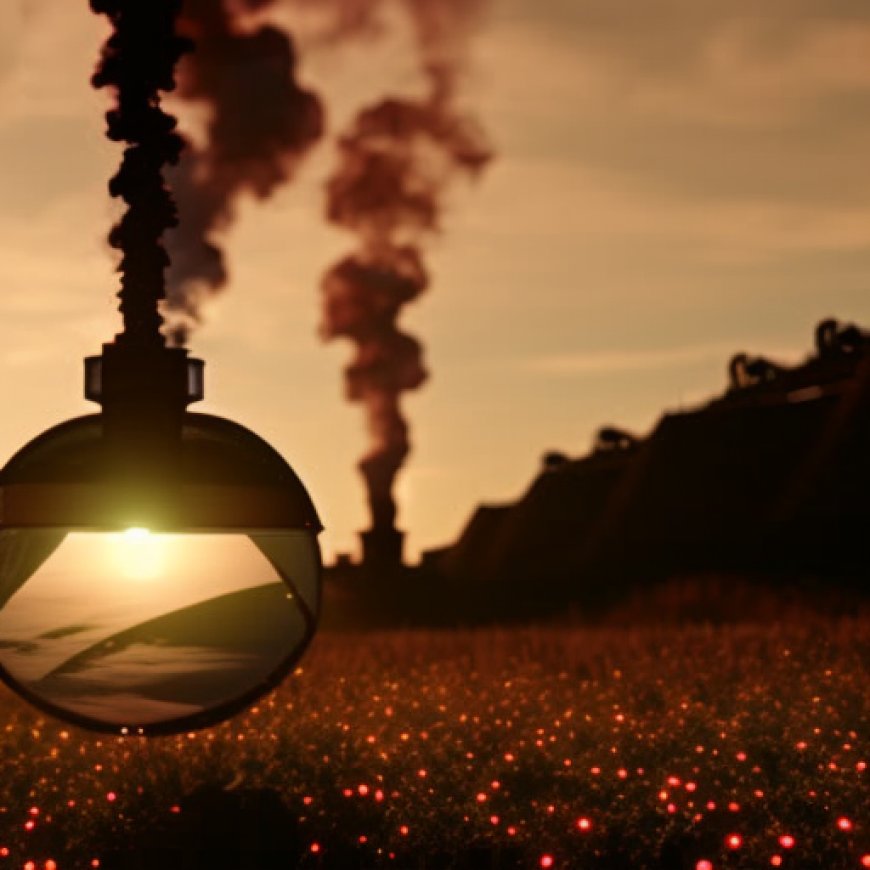Technip Energies Scores Biofuel, Green Hydrogen Contracts from Galp
Technip Energies Scores Biofuel, Green Hydrogen Contracts from ... Rigzone News


Technip Energies Awarded Contracts for Biofuels and Green Hydrogen Units in Portugal

Technip Energies NV has been awarded two engineering, procurement services and construction management (EPsCm) contracts by Galp with a combined price tag of EUR 650 million ($685 million) for the addition of an advanced biofuels unit and a green hydrogen unit to the Sines refinery in Portugal, Technip Energies said in a media release.
Both projects are part of Galp’s program to reduce the carbon footprint of the refinery and its products.
Advanced Biofuels Unit
The advanced biofuels unit, promoted by the joint venture of Galp (75 percent) and Mitsui (25 percent), will have a 270 ktpa capacity and will produce renewable diesel and sustainable aviation fuel (SAF) from bio-feedstock and waste residues. This unit will allow Galp to avoid about 800 ktpa of greenhouse gas emissions.
Technip Energies, in consortium with Technoedif Engenharia, a large engineering firm in Portugal, will work together to complete the EPsCm contract for the advanced biofuels unit.
Green Hydrogen Unit
The green hydrogen unit will consist of a 100-megawatt electrolysis plant and will produce up to 15 ktpa of renewable hydrogen using proton exchange membrane electrolyzers supplied by Plug Power. By replacing around 20 percent of the existing gray hydrogen consumption of the Sines refinery, this unit will lead to a greenhouse gas emissions reduction of about 110 ktpa.
Emphasis on Sustainable Development Goals (SDGs)
- SDG 7: Affordable and Clean Energy – The addition of the green hydrogen unit will contribute to the production of renewable hydrogen, promoting clean energy sources.
- SDG 9: Industry, Innovation and Infrastructure – The implementation of advanced biofuels and green hydrogen units in the Sines refinery demonstrates technological innovation and infrastructure development in the energy sector.
- SDG 13: Climate Action – Galp’s program to reduce the carbon footprint of the refinery aligns with SDG 13, as it aims to mitigate greenhouse gas emissions through the production of renewable fuels and hydrogen.
“The Final Investment Decision for these two important projects is a major step taken by Galp to transform the refining industry in Portugal. Technip Energies, who has been supporting Galp strategy since the early phases of those two projects, is now delighted to be selected as a partner for the execution phase of both,” Chief Operating Officer of Technip Energies Marco Villa said.
To contact the author, email andreson.n.paul@gmail.com
SDGs, Targets, and Indicators
| SDGs | Targets | Indicators |
|---|---|---|
| SDG 7: Affordable and Clean Energy | 7.2: Increase the share of renewable energy in the global energy mix | The green hydrogen unit will produce renewable hydrogen, contributing to the increase in the share of renewable energy. |
| SDG 9: Industry, Innovation, and Infrastructure | 9.4: Upgrade infrastructure and retrofit industries to make them sustainable | The addition of an advanced biofuels unit and a green hydrogen unit to the Sines refinery will help reduce the carbon footprint of the refinery and its products, making it more sustainable. |
| SDG 13: Climate Action | 13.2: Integrate climate change measures into national policies, strategies, and planning | The projects aim to reduce greenhouse gas emissions by avoiding about 800 ktpa of emissions through the advanced biofuels unit and about 110 ktpa of emissions through the green hydrogen unit. |
1. Which SDGs are addressed or connected to the issues highlighted in the article?
- SDG 7: Affordable and Clean Energy
- SDG 9: Industry, Innovation, and Infrastructure
- SDG 13: Climate Action
The issues highlighted in the article, such as the addition of an advanced biofuels unit and a green hydrogen unit to the Sines refinery in Portugal, are connected to these three SDGs.
2. What specific targets under those SDGs can be identified based on the article’s content?
- Target 7.2: Increase the share of renewable energy in the global energy mix
- Target 9.4: Upgrade infrastructure and retrofit industries to make them sustainable
- Target 13.2: Integrate climate change measures into national policies, strategies, and planning
Based on the article’s content, these specific targets can be identified.
3. Are there any indicators mentioned or implied in the article that can be used to measure progress towards the identified targets?
Yes, there are indicators mentioned in the article that can be used to measure progress towards the identified targets.
For Target 7.2 (Increase the share of renewable energy in the global energy mix), the indicator is the production of renewable hydrogen through the green hydrogen unit.
For Target 9.4 (Upgrade infrastructure and retrofit industries to make them sustainable), the indicator is the addition of an advanced biofuels unit and a green hydrogen unit to the Sines refinery, which will help reduce the carbon footprint of the refinery and its products.
For Target 13.2 (Integrate climate change measures into national policies, strategies, and planning), the indicators are the avoidance of greenhouse gas emissions through the advanced biofuels unit and the green hydrogen unit.
These indicators can be used to measure progress towards the identified targets.
4. Table: SDGs, Targets, and Indicators
| SDGs | Targets | Indicators |
|---|---|---|
| SDG 7: Affordable and Clean Energy | 7.2: Increase the share of renewable energy in the global energy mix | The green hydrogen unit will produce renewable hydrogen, contributing to the increase in the share of renewable energy. |
| SDG 9: Industry, Innovation, and Infrastructure | 9.4: Upgrade infrastructure and retrofit industries to make them sustainable | The addition of an advanced biofuels unit and a green hydrogen unit to the Sines refinery will help reduce the carbon footprint of the refinery and its products, making it more sustainable. |
| SDG 13: Climate Action | 13.2: Integrate climate change measures into national policies, strategies, and planning | The projects aim to reduce greenhouse gas emissions by avoiding about 800 ktpa of emissions through the advanced biofuels unit and about 110 ktpa of emissions through the green hydrogen unit. |
Behold! This splendid article springs forth from the wellspring of knowledge, shaped by a wondrous proprietary AI technology that delved into a vast ocean of data, illuminating the path towards the Sustainable Development Goals. Remember that all rights are reserved by SDG Investors LLC, empowering us to champion progress together.
Source: rigzone.com

Join us, as fellow seekers of change, on a transformative journey at https://sdgtalks.ai/welcome, where you can become a member and actively contribute to shaping a brighter future.







